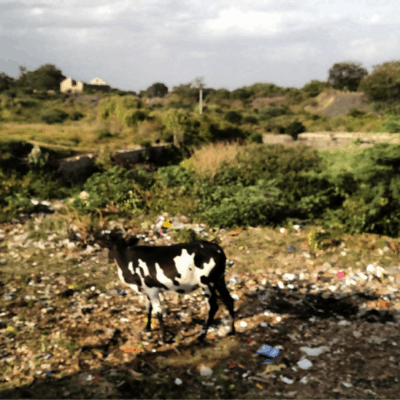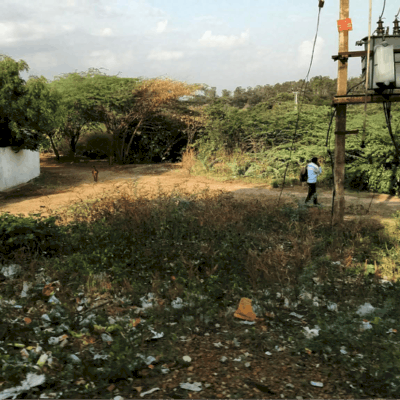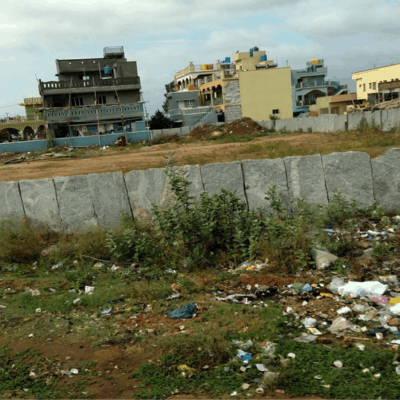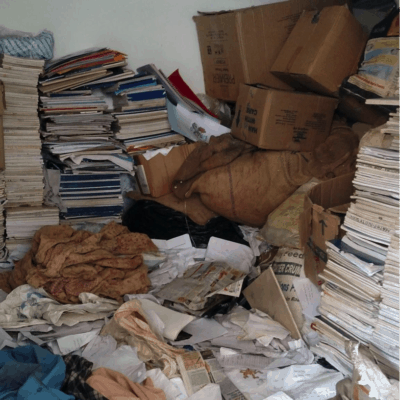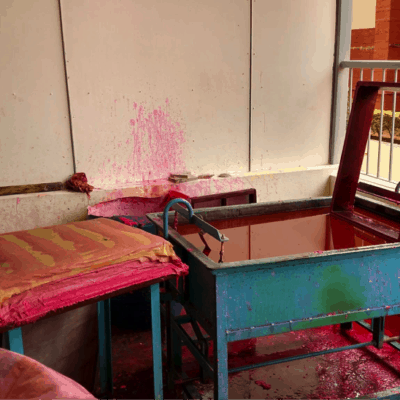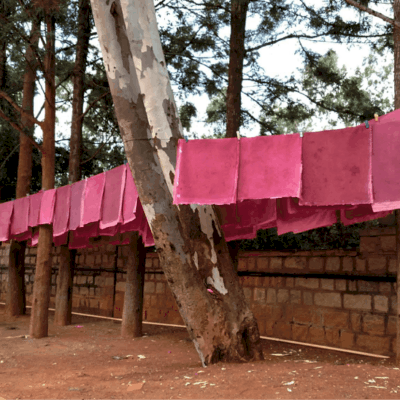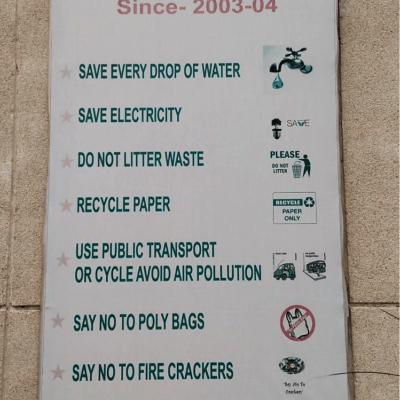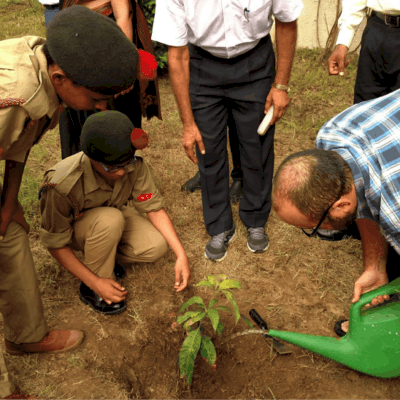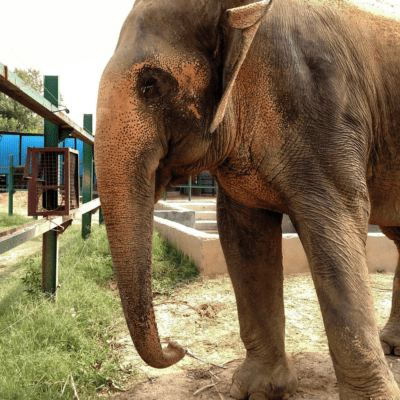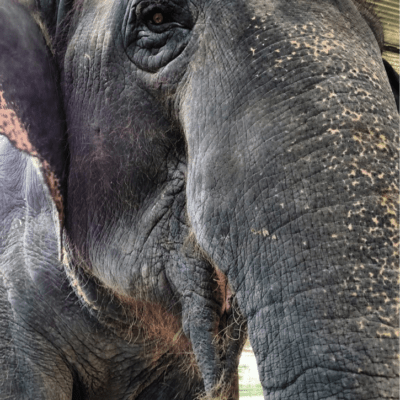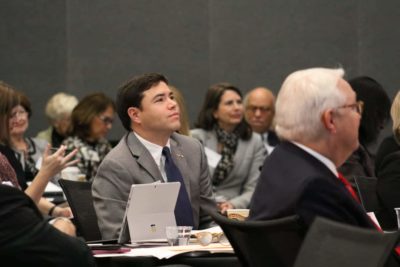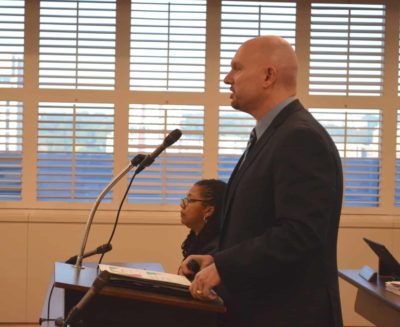Editor’s note: Lily Dancy-Jones was one of the teachers on the India trip.
On our trip to India, I tried to view our experiences through the lens of sustainability and conservation. I discovered many challenges and opportunities that I can share with my students in Biology and AP Environmental Science.
As we traveled through the streets of Bangalore, Delhi, and Agra, many in our group commented on the frequent piles of litter and refuse on the sides of the roads, especially in lower income areas. In many urban areas in India, the landfill infrastructure fails to keep up with the rapidly growing population. This was a very easily seen and understood environmental issue for adults and students.
There were several excellent examples on our visit to India of how both legislation and grassroots initiatives can lead to positive change. While exploring markets in Bangalore and Delhi, we experienced the ban on plastic shopping bags, a government initiative to reduce litter and the burden on landfills.
In two of the schools we visited, there were systems to recycle paper used by teachers and students. The old paper became pulp which was used to make new handmade paper folders, journals, and other products that could be used in the school. This closed-loop system was a beautiful example of a small community tackling an issue in an effective way.
All of the schools we visited had student clubs working to improve environmental issues in their community. R.P.V.V. Dwarka, a government school on the outskirts of Delhi, had a tree planting initiative that they shared with us. Improvements in sustainability can be initiated by both larger governments and small communities.
Another challenge we experienced first hand was the poor air quality in urban areas, especially surrounding Delhi. The smog was so thick it irritated our throats and often clouded our views; we never saw blue skies in Delhi.
India is working to implement strategies to improve the air quality in Delhi. A metro system and public buses are two types of public transportation there. Delhi has also explored driving limitations based on license plate numbers as another tool to reduce the number of cars on the road.
Air pollution is certainly not an issue unique to India; it is a global challenge. As my AP Environmental Science students learn about the causes, health impacts, and government regulation of air pollutants, I will be able to share my first-hand experience with them and use Delhi as a case study as we discuss possible solutions to combat urban air pollution.
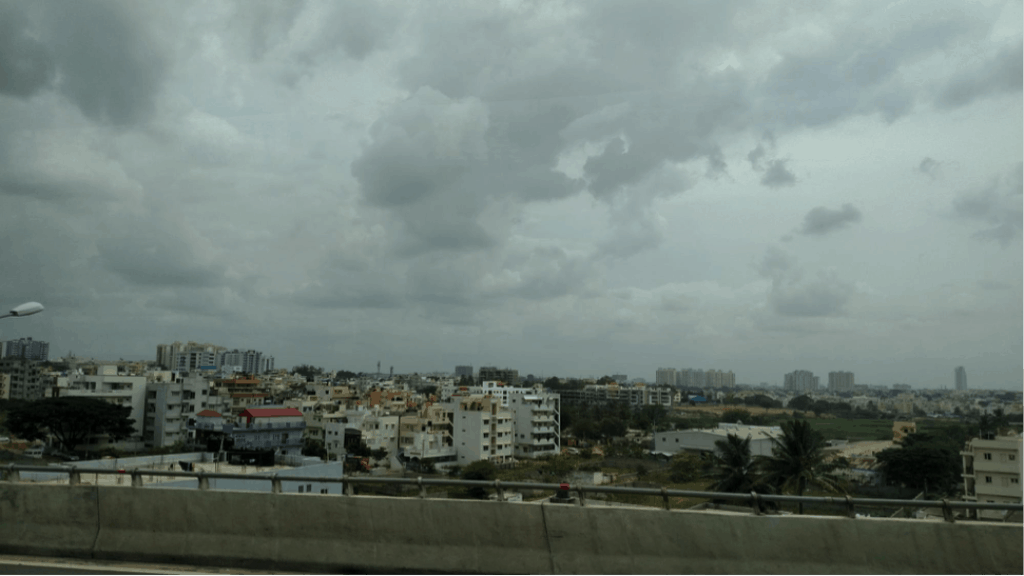
While India faces many environmental challenges, there are also many organizations that recognize the importance of investing in and implementing strategies to promote sustainability and conservation.
We visited the campus of Infosys, a large technology company with a global influence that has received recognition for sustainability initiatives. I was very impressed with the work of the SELCO Foundation. This NGO’s mission is to “inspire and implement socially, financially and environmentally inclusive solutions by improving access to sustainable energy.”
We were impressed with their initiatives to both improve quality of life and sustainability in low-income communities. For example, they work with rural communities without electricity to provide solar-powered central charging stations for residents to charge batteries and cell phones. Another project is providing small loans to “microentrepreneurs” to increase their business potential with renewable energy, such as a solar-powered sewing machine for a tailor.
They are also working with vocational schools to offer training in the manufacture and installation of solar panels. Organizations like these that address the social, economic, and environmental components of sustainability are incredibly valuable.
One of the experiences with the greatest impact on our group as a whole was our visit to Agastya International Foundation’s Kuppam campus. Agastya runs of the largest hands-on science programs for children and teachers in the world. Located outside of Bangalore, more than 10,000 students a year visit the beautiful rural campus.
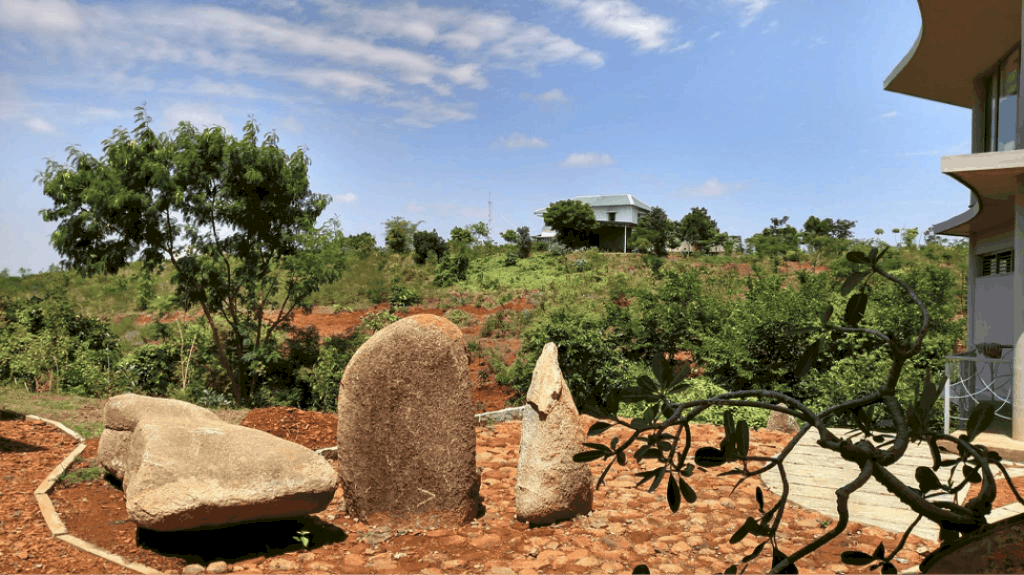
The foundation has worked to restore the local ecosystem, reforesting many acres and creating gardens for wildlife and Ayurvedic medicine. The 172 acre campus is home to more than 600 species of plants, 80 species of birds, around 50 species of butterflies, and a variety of reptiles, amphibians, and mammals.
An important topic in the natural sciences is biodiversity. This case study of improving degraded land and providing a refuge for native species is an excellent example of how humans can protect biodiversity.
Finally, one of my favorite experiences of the whole trip was our visit to the Elephant Conservation and Care Center of Wildlife SOS, an NGO working to protect and conserve many species of wildlife in India. The Asian elephants that live in this sanctuary have all been rescued from unsafe and abusive conditions.
This organization provides care to these animals and educates visitors about the harsh conditions faced by many urban elephants. Seeing and experiencing such a majestic animal up close was an incredible treat that meant a lot to me. I think providing experiences that connect people to nature is an essential step in getting people to engage and invest in sustainability and conservation.
Traveling to India provided me with a diversity of new knowledge and experiences to share with my students and improve my teaching. India and the United States face many similar challenges when it comes to sustainability and conservation. However, there are many opportunities and solutions. Engaging students in global issues and high quality STEM education is essential to tackling these challenges.


